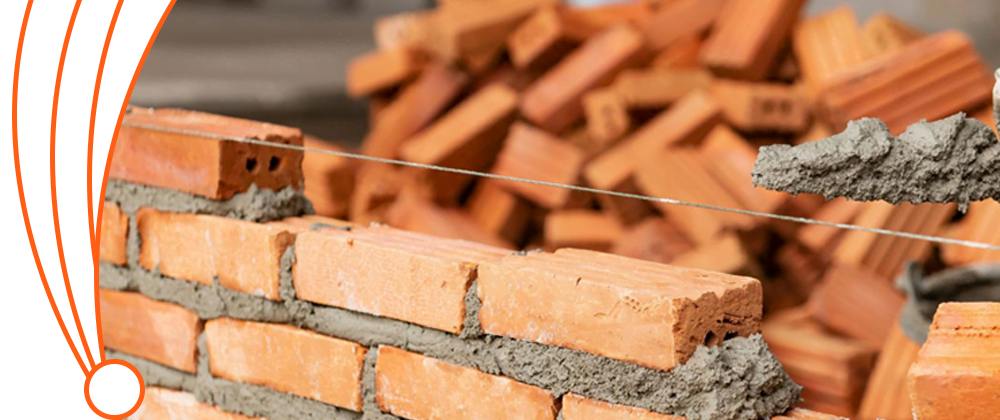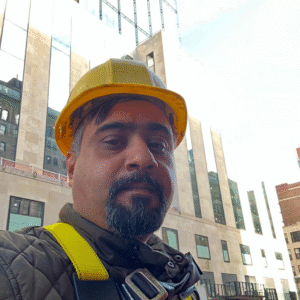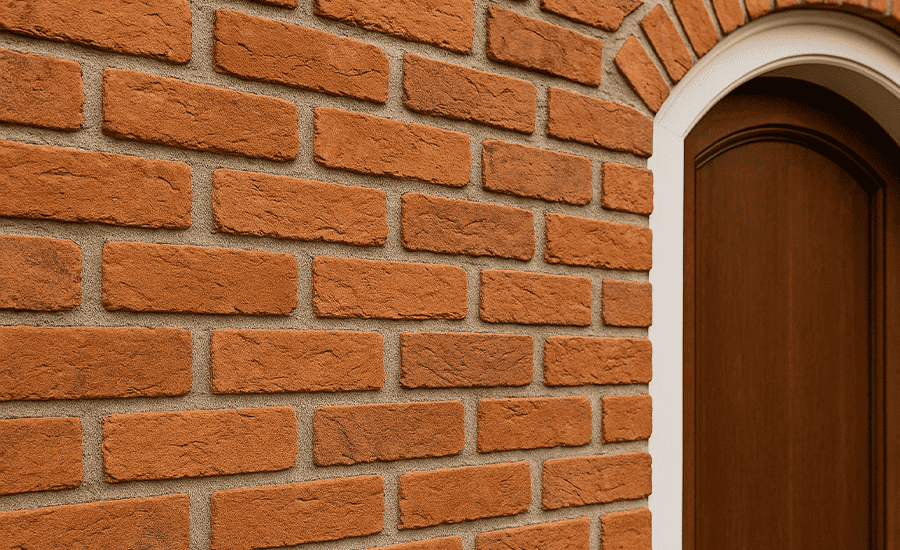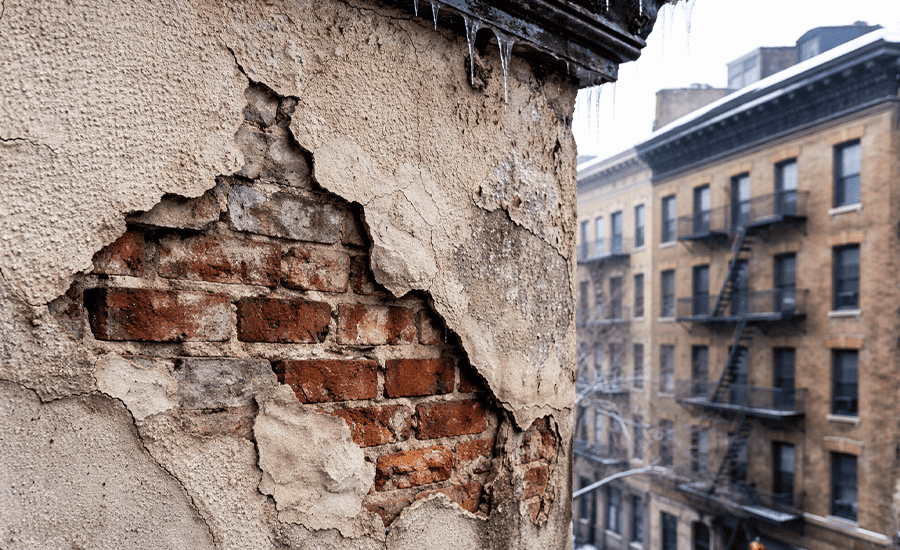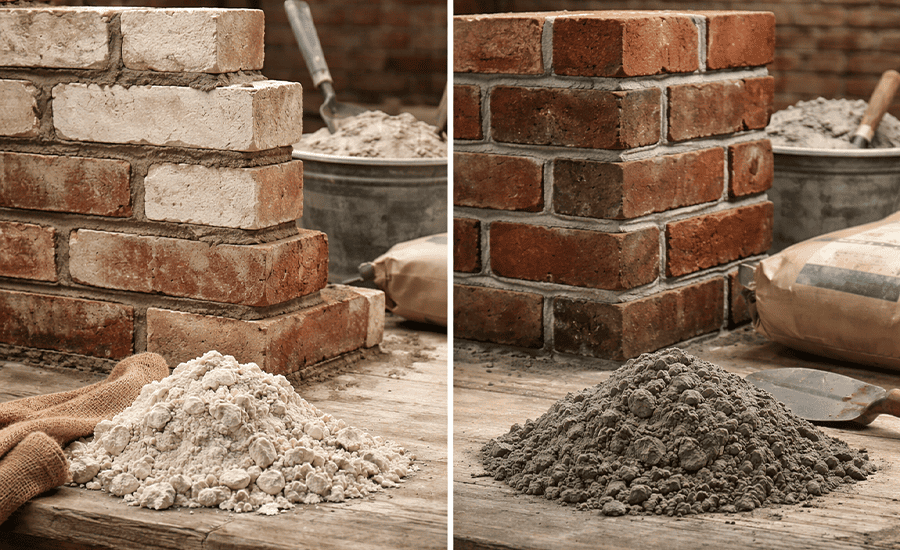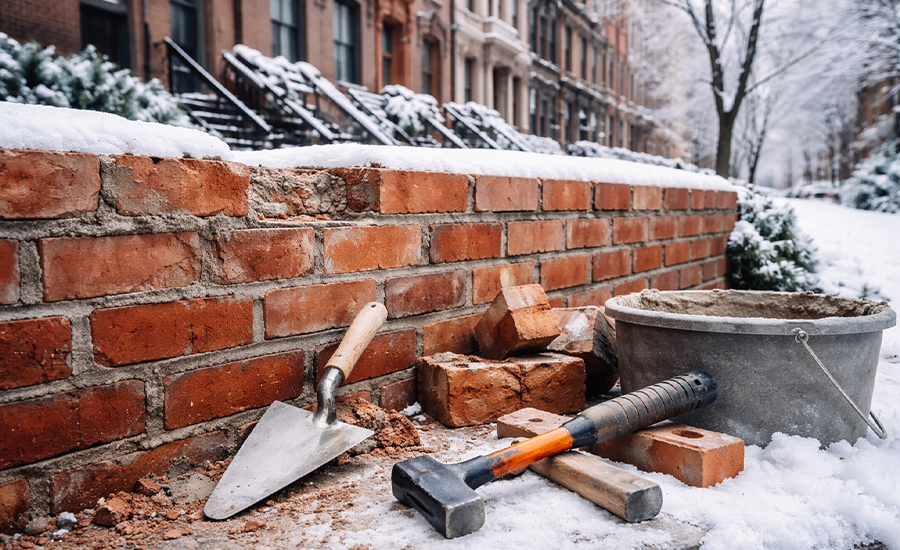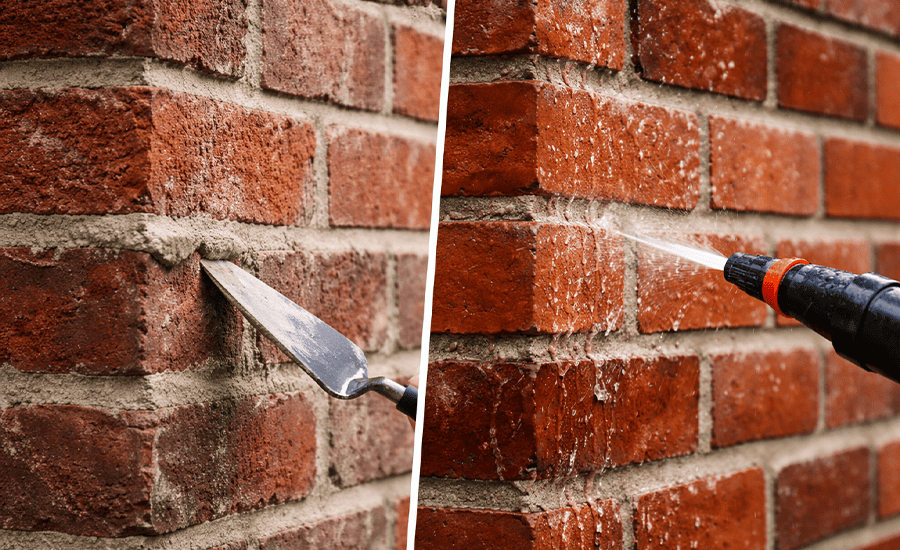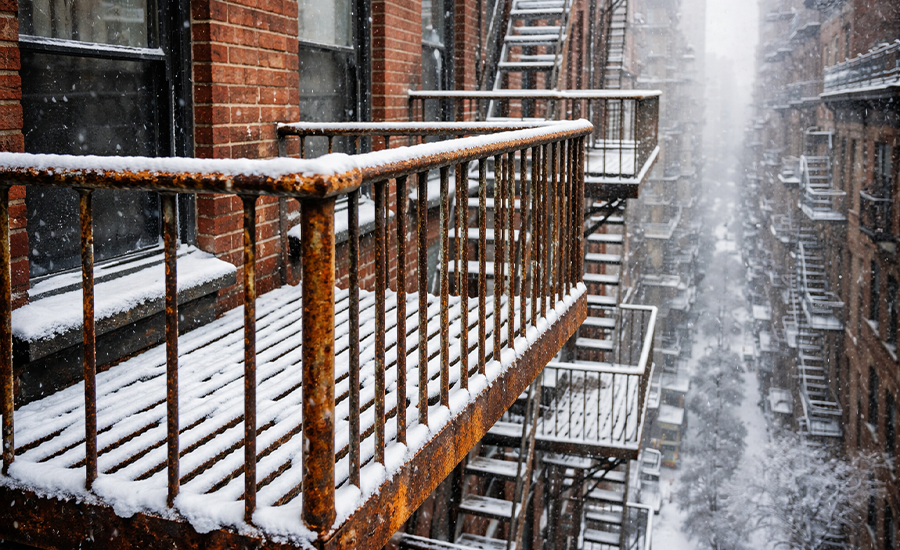Whether it’s stone or brick masonry restoration, opting for the best type of pointing is very important, and we believe struck pointing is the best of all, as it influences both the visual aesthetics and long-term durability of the masonry. But the answer to the above-given question is, Yes! Struck pointing is durable than other types of pointing because of its excellent sloping and shaping, which makes efficient water run-off. Repointing before struck pointing restores your masonry excellently and fills all the joints for better water protection, and then design it according to struck pointing.
In this blog, we’ll discuss what struck pointing is, factors that affect struck pointing, best applications, and whether it’s the most durable option for your project.
What Is Struck Pointing?
Struck pointing is the mortar jointing technique where the top edge is located inwards and the bottom edge is slightly projecting, while it has a downward profile. It is best for historical and old buildings as its design creates a slope so it easily sheds water, it makes a clean, sharp line, which is mostly applied horizontally on joints.
Elements that Influence Structural Durability In Struck Pointing
It’s important to know what makes pointing last, and for that, here is the list of elements that are necessary while repointing:
| Elements | Influence on Durability |
|---|---|
| Compatible mortar | A well-composed mortar offers flexibility and improves the lifespan of the masonry. |
| Mortar joint shape | The joint profiles prevent water pooling. |
| Craftsmanship standards | Precision in working reduces the risk of cracking and erosion. |
| Environmental stress | Heavy rainfall, harsh weather conditions, and freeze-thaw damage. |
| Ongoing servicing | Regular upkeep and frequent masonry inspections. |
Benefits of Struck Pointing for Durability
Struck pointing offers several unique advantages that directly impact the strength and lifespan of masonry work. Below are some of the key benefits you can expect:
- Water repellency: Sloped design encourages drainage, preventing moisture retention.
- Erosion resistance: Sloped surface resists pooling water and erosion from rain and snow.
- Solid structural seal: Compacted, well-applied joints prevent mortar from crumbling.
- Cold-weather resilience: Drier joints mean fewer freeze-thaw expansion cracks.
To learn about where struck pointing might face limitations, visit our article on the challenges of struck pointing.
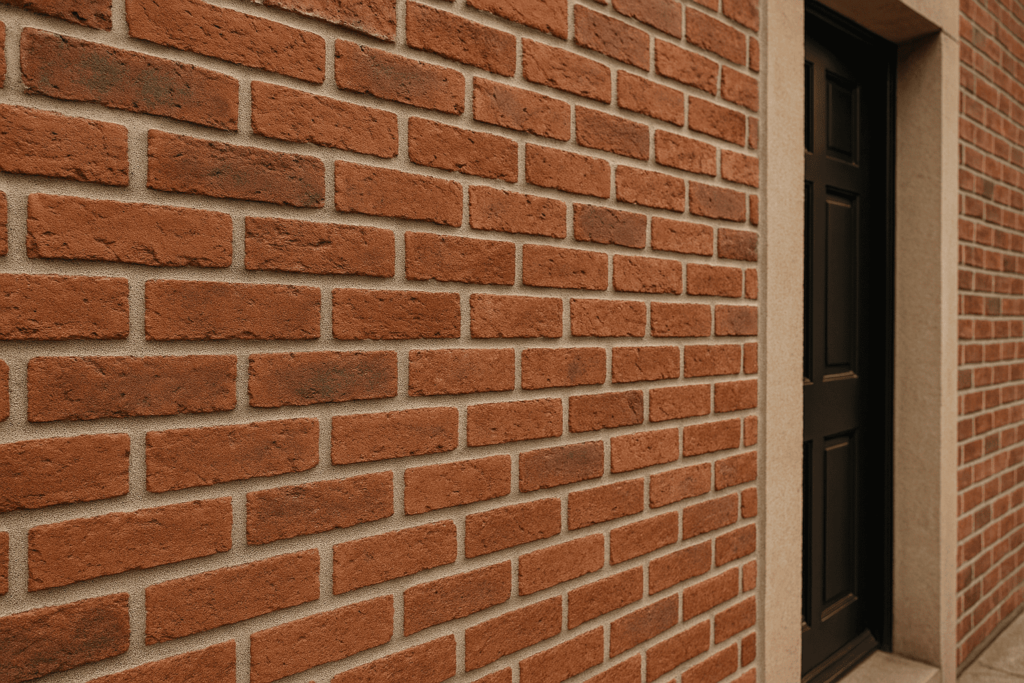
Where Does Struck Pointing Perform Best?
The following are the best cases where struck pointing is applicable:
| Where’s its best use | Functional advantages |
|---|---|
| Architectural conservation | It preserves the historical charm and improves lifespan. |
| Freeze-prone region | It can prevent moisture intrusion. |
| Street-facing exteriors | It elevates the appearance and value of your property. |
| Brickwork enclosure | It works well with environmentally exposed elements. |
Final Thoughts
In conclusion, yes! Struck pointing is a durable and stronger technique than other types of pointing, including repointing, weathered pointing, and recessed pointing. The important point is to perform it properly and step-by-step, so that it works best as a moisture resistance and provides long-term weather durability. It is an excellent choice for restoration, enhancing the visible exterior and low maintenance over the years.
If you’d like to compare struck pointing with other pointing methods, don’t miss our post on what’s the difference between repointing and tuckpointing.
Sardar Restoration Corp. proudly serves every corner of NYC, including the Bronx, Manhattan, Brooklyn, Westchester, and Queens. Our services are designed to meet your needs, providing top-quality solutions wherever you are. Check our service areas to see how we can assist you in your location.
Contact us today at (+1) 917-355-8556 or sardarrestoration@gmail.com, or visit us at 2770 Fish Ave, Bronx, NY 10469, United States.
FAQs
Do you offer struck pointing for older buildings?
Yes! Sardar Restoration Corp. offers expert struck pointing services for older residential and commercial buildings in NYC, ensuring to match the compatibility of mortar, design, and textures for excellent outcomes while maintaining the structural aesthetics.
Do you use traditional lime mortar or cement mortar?
Yes! Sardar Restoration Corp. uses both lime-based and cement-based mortars, depending on your building’s needs. For older, breathable walls, we recommend lime mortar. For modern or load-bearing structures, a stronger cement-lime mix may be more appropriate.
Will struck pointing help with water damage issues?
Yes! The sloped profile of struck pointing is designed to channel water away from the brick surfaces, reducing the chance of efflorescence, damp patches, and moisture penetration in the walls.
Will this increase my home’s value or curb appeal?
Without a doubt! Struck pointing provides a clean impression which adds visual texture and character to brickwork. It makes your building look well-maintained and increases its curb appeal.
